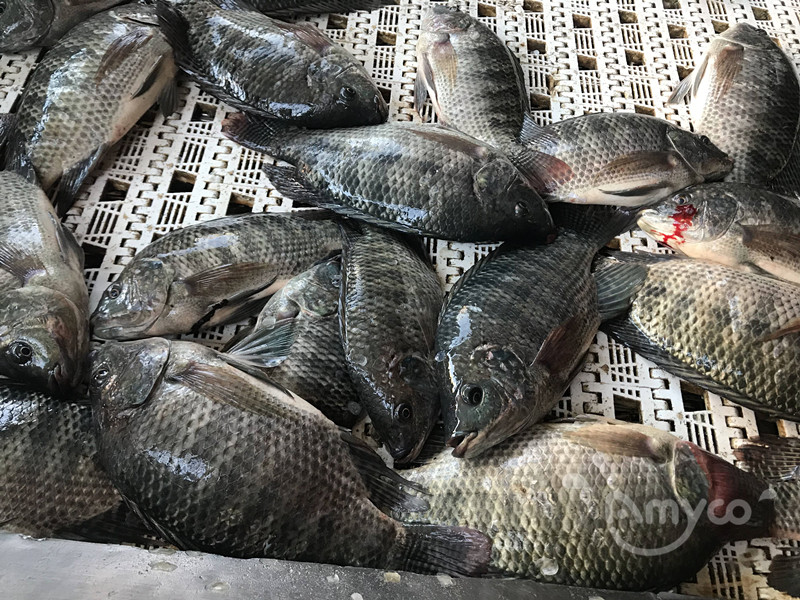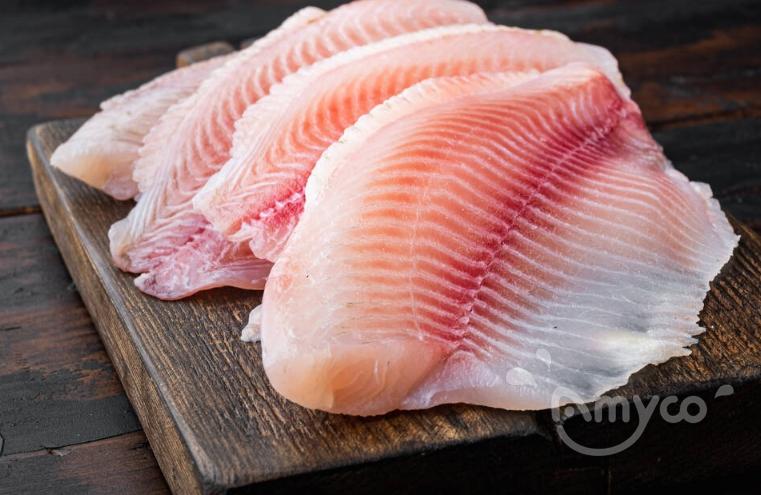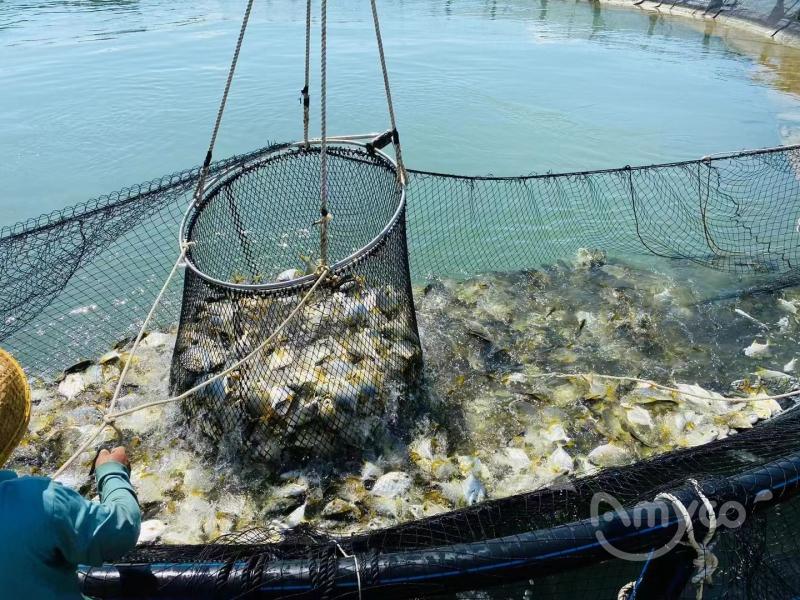The price of tilapia has rapidly recovered, and market expectations have improved.
This week, the tilapia market received a significant boost. Due to the adjustment of Sino-US trade policies, the tariff rate on Chinese tilapia products exported to the US will be reduced from 55% to 45%, and further retaliatory tariffs will be suspended until November 2026. This directly reduces the cost pressure on Chinese export companies, and the market is showing an upward trend. Prices in many places have risen to varying degrees, and farmers' confidence has recovered.
Some fish farmers sold their fish at the opportune moment, but those who hadn't stocked their farms with new fry chose to wait and see, hoping for further price increases.

Tariff reductions have revitalized the market, but multiple factors are limiting the potential for a rebound.
For processing plants, inventory pressure from high tariffs and delayed export orders persists, but with the release of favorable policies, their enthusiasm for purchasing fish has rebounded. Industry insiders say, "The tariff reduction has restored confidence, but the US market has not yet fully recovered its purchasing power, and it may take another 1-2 months for export orders to truly recover."
While this tariff reduction hasn't completely reversed cost pressures, it's sufficient to improve the competitiveness of Chinese tilapia in the US market. The US has long been China's primary export destination for tilapia, accounting for 35% of its exports. A high tariff of 55% severely compressed export profits, forcing many factories to reduce or even halt production. Now, with tariffs reduced to 45%, price margins have reopened, creating an opportunity to resume exports to the US.

However, industry experts caution that a 45% tariff remains high, and export competitiveness will continue to face challenges in the short term. The China Aquatic Products Processing and Marketing Association believes that enterprises should seize the policy window to actively explore emerging markets such as Southeast Asia and Latin America, and enhance their resilience through product processing and brand building.
Reference : FOODSPATH





